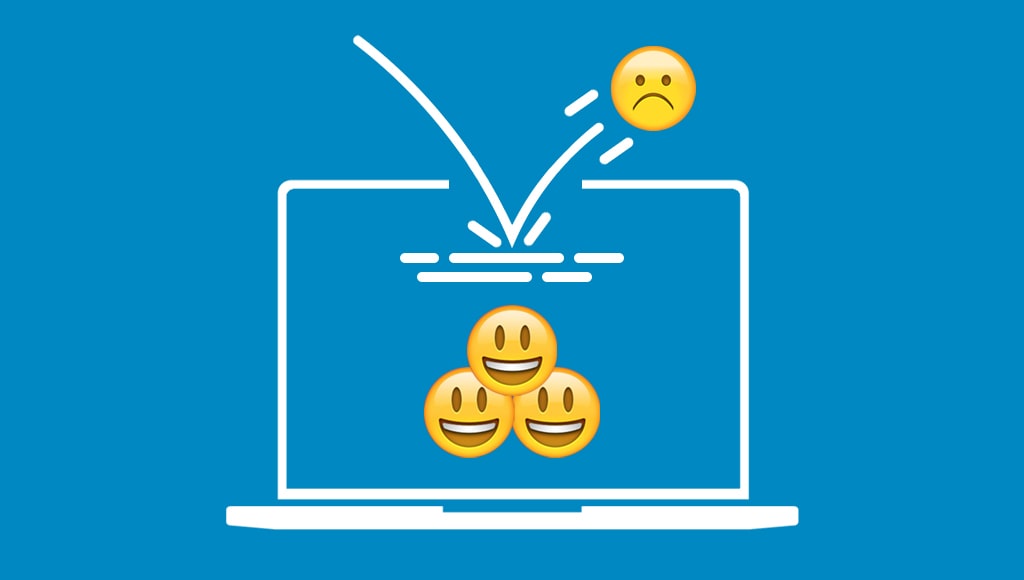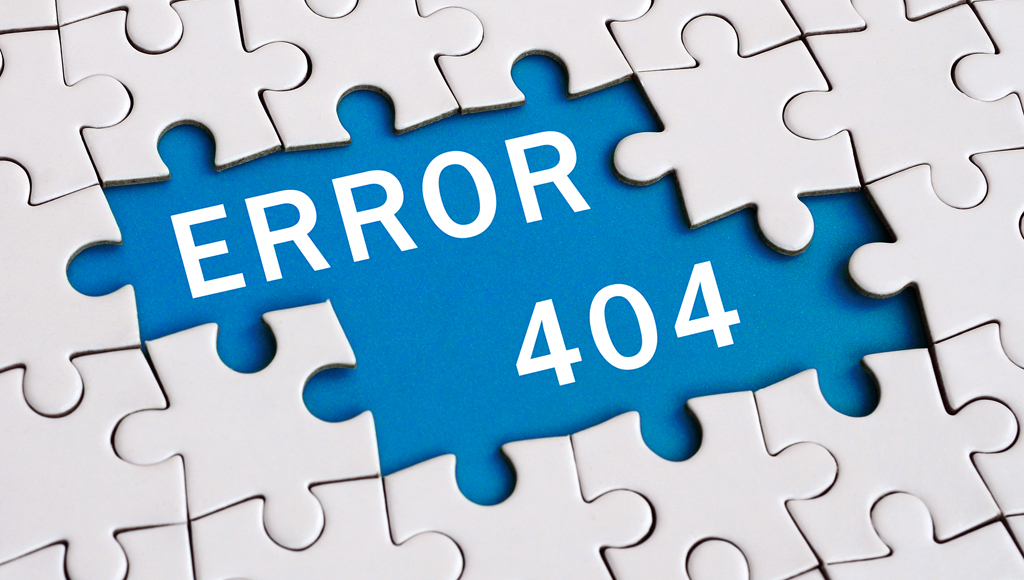
Bounce rate is an important indicator of how well your website is performing. While there are many other factors when it comes to user engagement for your website, but bounce rate is one that you don’t want to ignore.
Is a high bounce rate cause for concern? What is a good bounce rate anyway? The truth is that bounce rate will vary wildly from site to site, but you don’t want a high bounce rate for a webpage that’s supposed to engage your users and keep them spending time on your website.
Read on to learn what bounce rate is, what it means for your business and how you can reduce bounce rate on your webpages for better engagement, a potentially higher Google ranking and a more pleasant experience for your users overall!
When a user clicks on a link to your webpage, stays on that single page for a very short time and then leave your website, this is called a bounce. Maybe there was an issue with the site or the information wasn’t what they were searching for, but either way they have officially ‘bounced’ from your content to go somewhere else.
The bounce rate is just a percentage value of how often users bounce from your page, with a 50% bounce rate meaning 5 out of 10 users have bounced after viewing only a single page of your website. These users will most likely head straight back to Google to click another search result.
There is some debate around the importance of bounce rate for Google ranking, with the general consensus being that bounce rate is not as direct an influence on Google ranking as it was once believed to be.
That doesn’t mean bounce rate isn’t important – a high bounce rate can be a sign of poor engagement, improper SEO or low quality content, and these can all negatively impact your Google ranking if people are quick to leave your site as a result.
Google Analytics is a service used to track how users engage with your website, and Google Signals can show you how users interact with your site across multiple devices and browsing sessions. Using these platforms, you can check your bounce rate in Google Analytics and see if any low-performing pages are experiencing a particularly high bounce rate.

Studies by The Rocket Blog show that bounce rates typically range from 26% to 70%, and that a bounce rate between 26% and 40% is the most favourable. So if your webpages are bouncing people more often, how does that affect your business?
Ideally, your content should be encouraging users to explore your site and engage deeper with your services. If your bounce rate is too high, that means users aren’t going any deeper than a single page.
Whether you’ve experienced any drops in SEO ranking or you’re just not seeing enough engagement, it might be time to start analysing your webpages and figuring out how to reduce your bounce rate overall.
We’ve discussed ways to drive more traffic to your website, but what are some ways you can reduce bounce rate in your pages? The issues below could all contribute to an unusually high bounce rate, so read on to see if your webpages are suffering from any major symptoms.
This one’s a no-brainer, but a webpage has to work for users to engage with it. If any of your pages are failing to load or showing 404 errors, an exceptionally high bounce rate would reflect that and be an immediate cause for concern.

Nobody wants to sit around waiting for a webpage to load, so a high bounce rate could be a sign that your site speed is too slow for users to handle. Site speed is also an important ranking factor for Google ranking, so it’s more than just your bounce rate on the line when your pages aren’t loading fast enough for people to stick around.

If a webpage is poorly designed and users find it too hard to use or understand, they’ll bounce long before they attempt to browse. This could mean your content isn’t formatted well, there are too many ads on the page covering content, or the overall design just isn’t streamlined well enough to guide a user’s attention through the content. If a particularly busy webpage has a high bounce rate, it might be time to simplify and make the user experience much smoother.

Mobile users will bounce when a webpage isn’t optimised correctly for their phone, or if there are intrusive ads covering the content before they can see it. It’s important to keep mobile users in mind, since an otherwise perfect site could suffer a high bounce rate purely from an issue with browsing on phones.

If a user visits your site expecting one thing and they get something entirely different, they’ll bounce back to Google to find what they originally wanted. Clickbait will not work in creating meaningful engagement, and bounce rates show that an accurate title tag and meta description that match a user’s search intent will result in higher engagement and less bouncing.
Maybe it goes without saying, but good quality content that is genuinely helpful or valuable will keep your users from bouncing. It’s important to use proper SEO to ensure your keywords match your content, and to include plenty of internal linking so that users who enjoy your content can dive deeper into your other webpages.
If you’re still worried about your bounce rate and you’d like to reduce it, try a free SEO audit with iVersion to find out exactly what needs fixing!
Get the Right People to Manage your IT
Sign Up and Stay Informed